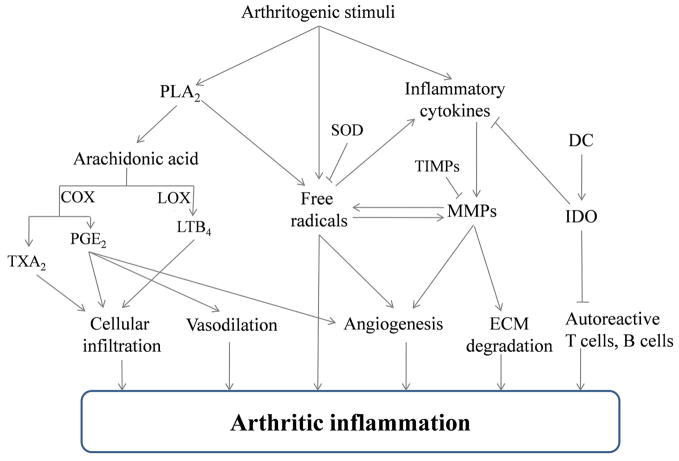Figure 1. Schematic representation of the initiation and propagation of autoimmune arthritis.
An arthritogenic stimulus (e.g., heat-killed M. tuberculosis H37Ra in adjuvant arthritis and Type II collagen in collagen-induced arthritis) initiates a series of pathogenic events that involve a variety of mediators of inflammation. Prominent among these mediators are arachidonic acid metabolites, pro-inflammatory cytokines, free radicals and matrix-degrading enzymes. These mediators modulate the processes relating to cellular migration into the joints as well as angiogenesis and degradation of the extracellular matrix within the joints leading to the arthritic inflammation. These mediators also are the targets of a variety of natural products. (COX- cyclooxygenase, LOX- lipooxygenase, TXA2- thromboxane A2, PGE2- prostaglandin E2, leukotriene B4 (LTB4), SOD- superoxide dismutase, MMP- matrix metalloprotease, TIMPS-tissue inhibitors of metalloproteases, ECM- extracellular matrix, DC- dendritic cells, and indoleamine 2,3-dioxygenase (IDO).)

